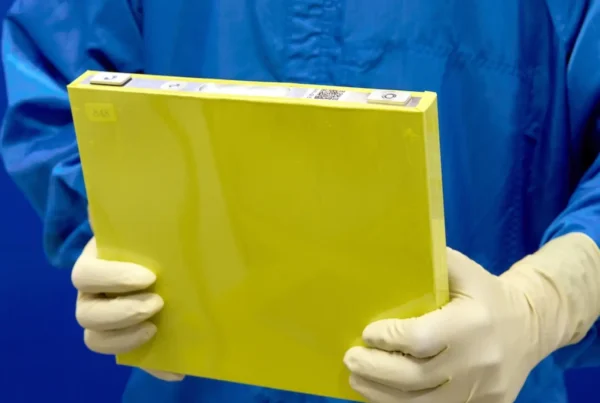Opinion on electric vehicles continues to improve, thanks to increased availability and a reduction in prices for both new vehicles and the emerging second-hand market.
For many organisations 2020 might be the first time you introduce an electric vehicle to your lineup, while for others this year could mark a significant step towards implementing a zero-emissions policy for your vehicles.
As it turns out in the midst of this coronavirus lockdown, electric vehicles might now be even more attractive than ever before.
According to a survey conducted by UK company car services firm, Venson Automotive, nearly half (45%) of respondents said they would consider an EV after seeing the impact coronavirus lockdowns have had on air quality. The survey also found one in four respondents would switch to an electric vehicle within the next five years.
As your business considers the benefit of electric vehicles to your operations, take the opportunity to read through the following myths to get yourself up to speed. With 61% of all passenger vehicle sales in Australia to be electric by 2040, now could be the time to make your move.
Myth #1: EVs take forever to charge
Actually, they don’t. Just like your phone there are a few factors that affect the time it takes to charge, and also just like your phone, it’s very rare that EVs are charged from 0% charge (empty) to 100% charge (full) in one go.
Charging time depends on:
- The charger model
- The car model
- How full the battery is already
Myth #2: Charging an EV is expensive
In reality, the cost of charging an EV is significantly cheaper than filling a car with petrol or diesel. Just like petrol, prices vary from station to station. Introductory pricing on ultra-rapid chargers from providers such as Chargefox is $0.40 per kWh, while others on the network range from free up to around $40 for a full charge. Most EV drivers charge their car at home overnight, and use public charging stations for top-ups or when driving long distances, so rarely do a full charge when out and about.
Myth #3: Don’t Tesla already have chargers?
They absolutely do, and a very wide-reaching network at that. However, only Tesla drivers can charge using the Tesla network, whereas all modern EVs with CCS2 or CHAdeMO plugs can charge at Chargefox sites, including Tesla drivers. If you have a Tesla Model 3, you can plug straight in with a CCS2 plug. If you have an older Tesla, you can use the CHAdeMO adapter, available from Tesla. If you have a newer Tesla Model S or X, you can purchase a CCS2 adapter from Tesla.
Myth #4 There will never be as many charging stations as there are petrol stations.
That’s probably true, and it’s also not needed. It’s important to understand that most EV charging happens in the home, which is in contrast to other cars. If we all had petrol bowsers at home, there wouldn’t need to be as many public petrol stations, as you’d conveniently fill up before hitting the road.
Myth #5: All fast chargers are the same
There’s a difference between a ‘fast’ and an ‘ultra-rapid’ charger. This terminology simply refers to the amount of electricity that different chargers are able to deliver and hence how fast the vehicle will charge. Here’s a simple breakdown of the differences:




















